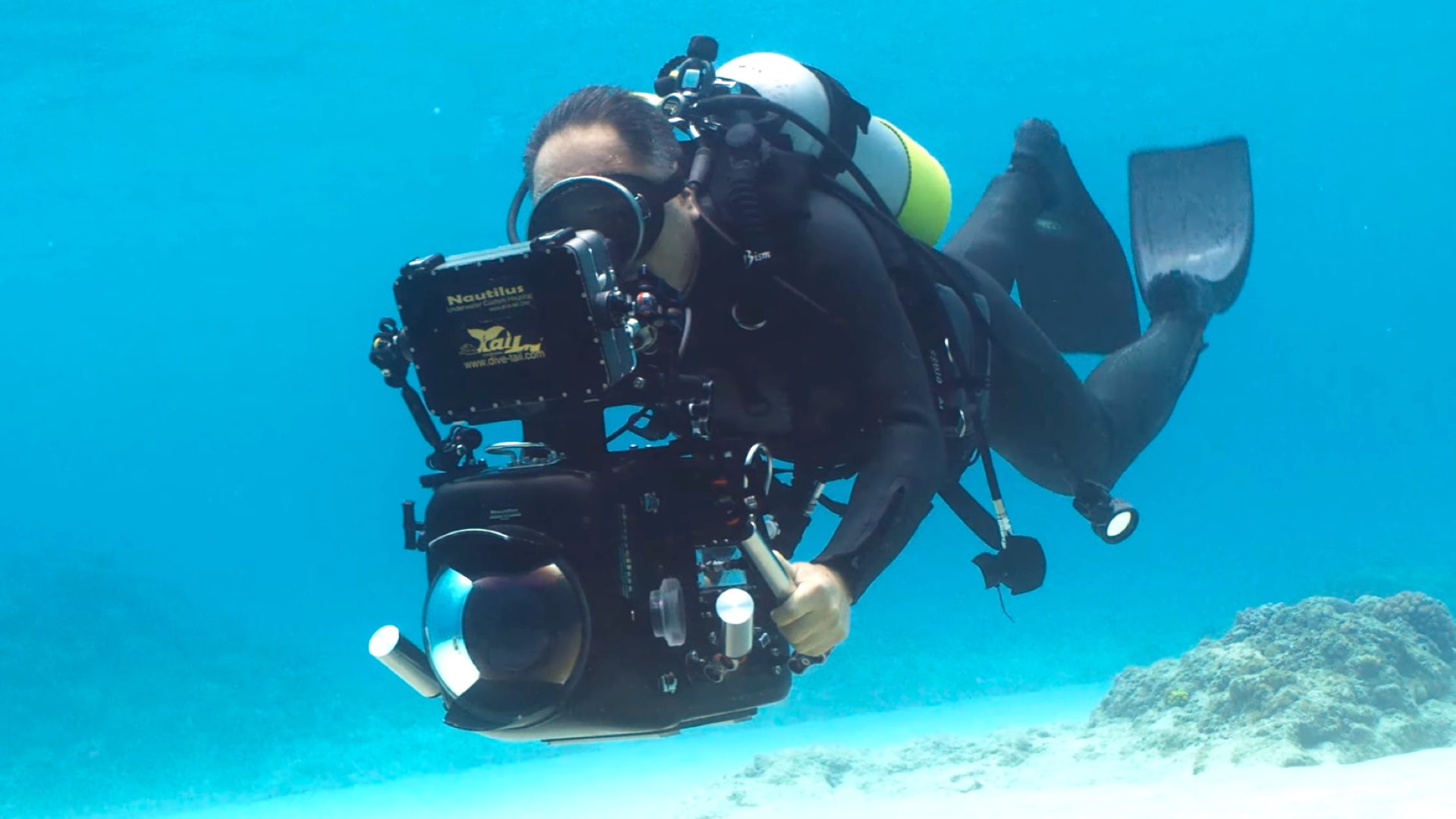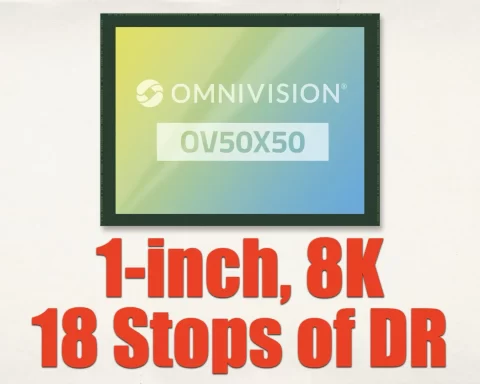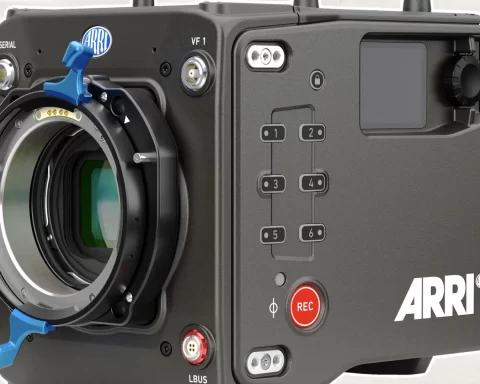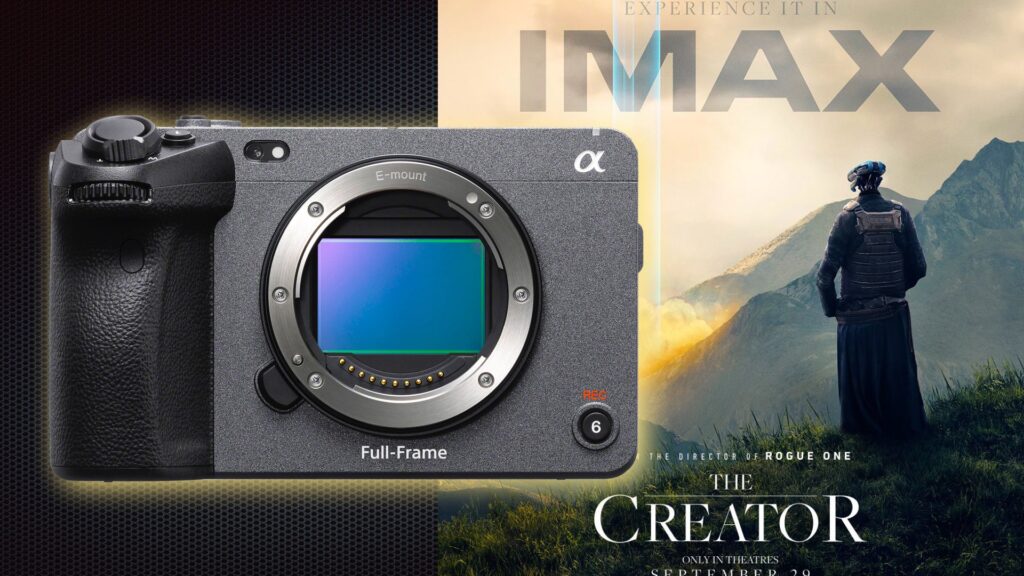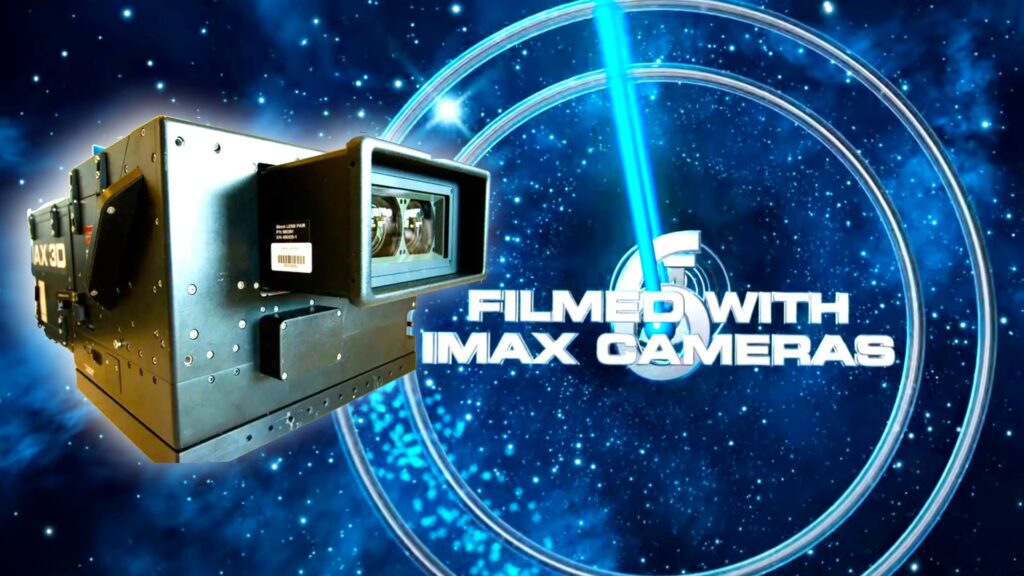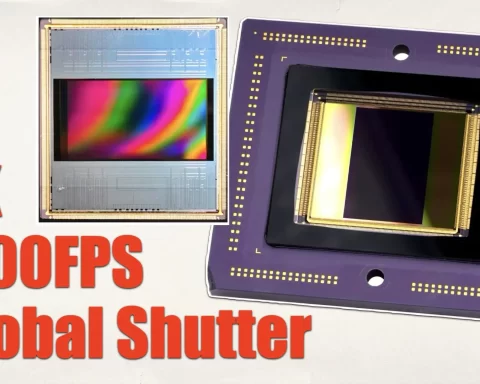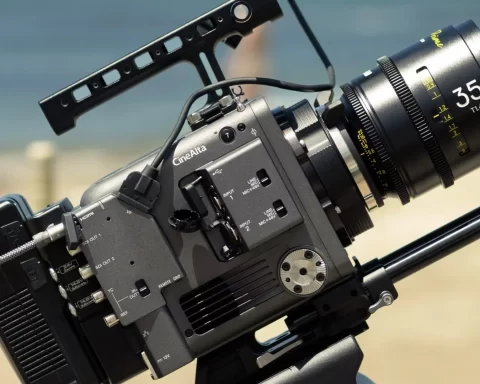When shooting underwater, you need two solid skills — Diving and camera skills! First, you have to be a master in diving, knowing this discipline from the ground up. Second, you need to know your camera. Especially if it’s a high-end cinema camera. ARRI has published an educational video demonstrating this kind of cinematography using the ARRI ALEXA 35 underwater. It utilizes its high DR and top-notch imagery quality, which is an essential factor when shooting underwater.
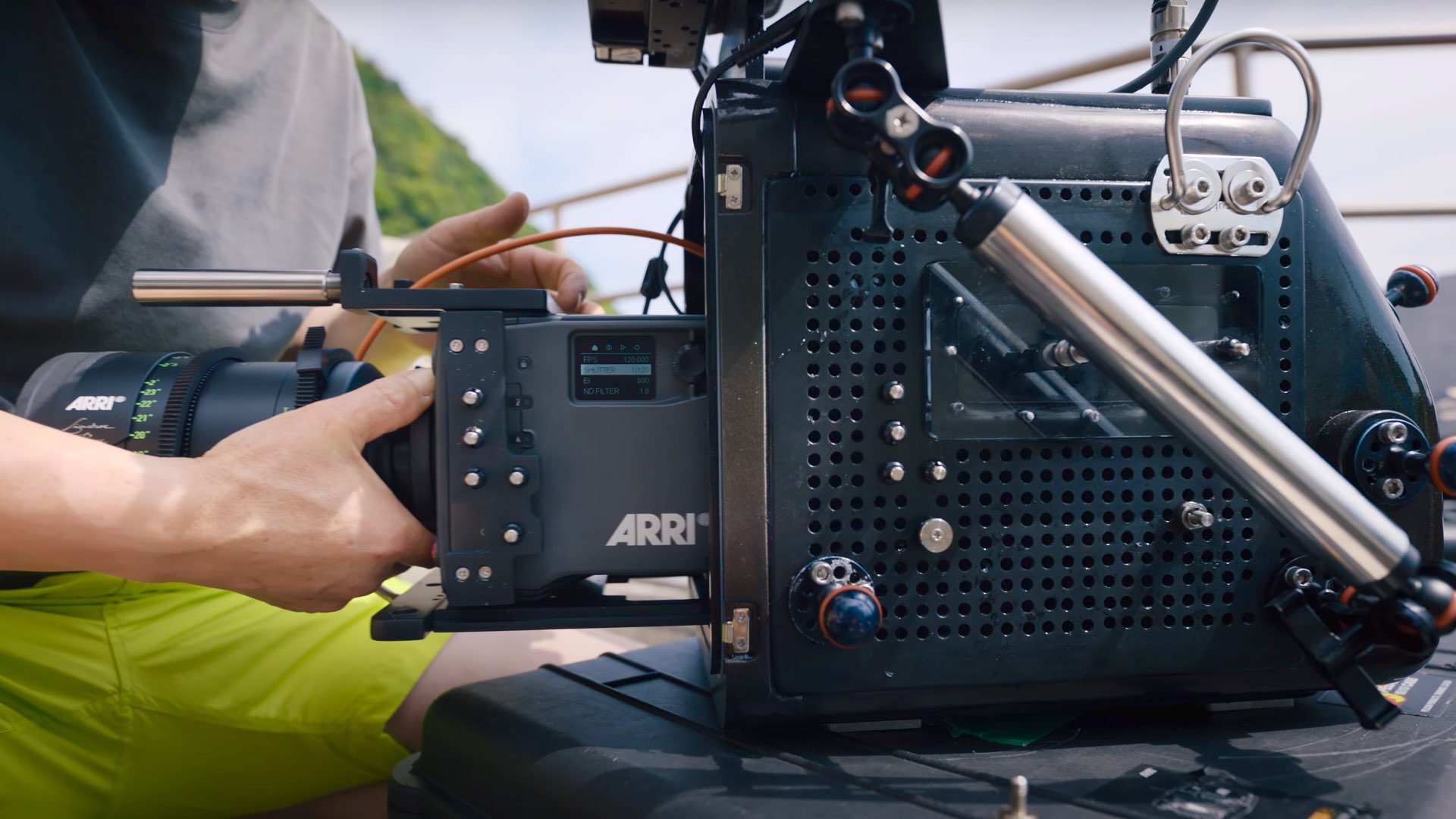
Underwater cinematography
Underwater videography/cinematography is the branch of electronic underwater photography concerned with capturing underwater moving images as a recreational diving, scientific, commercial, documentary, or filmmaking activity. Using high-end, expensive cinema cameras inside a $30,000 dive housing demands high skills and knowledge. ARRI published an educational video explaining the advantages of the ARRI ALEXA 35 in underwater filmmaking, utilizing its high DR sensor in capturing deep objects. Explore the highlights below.
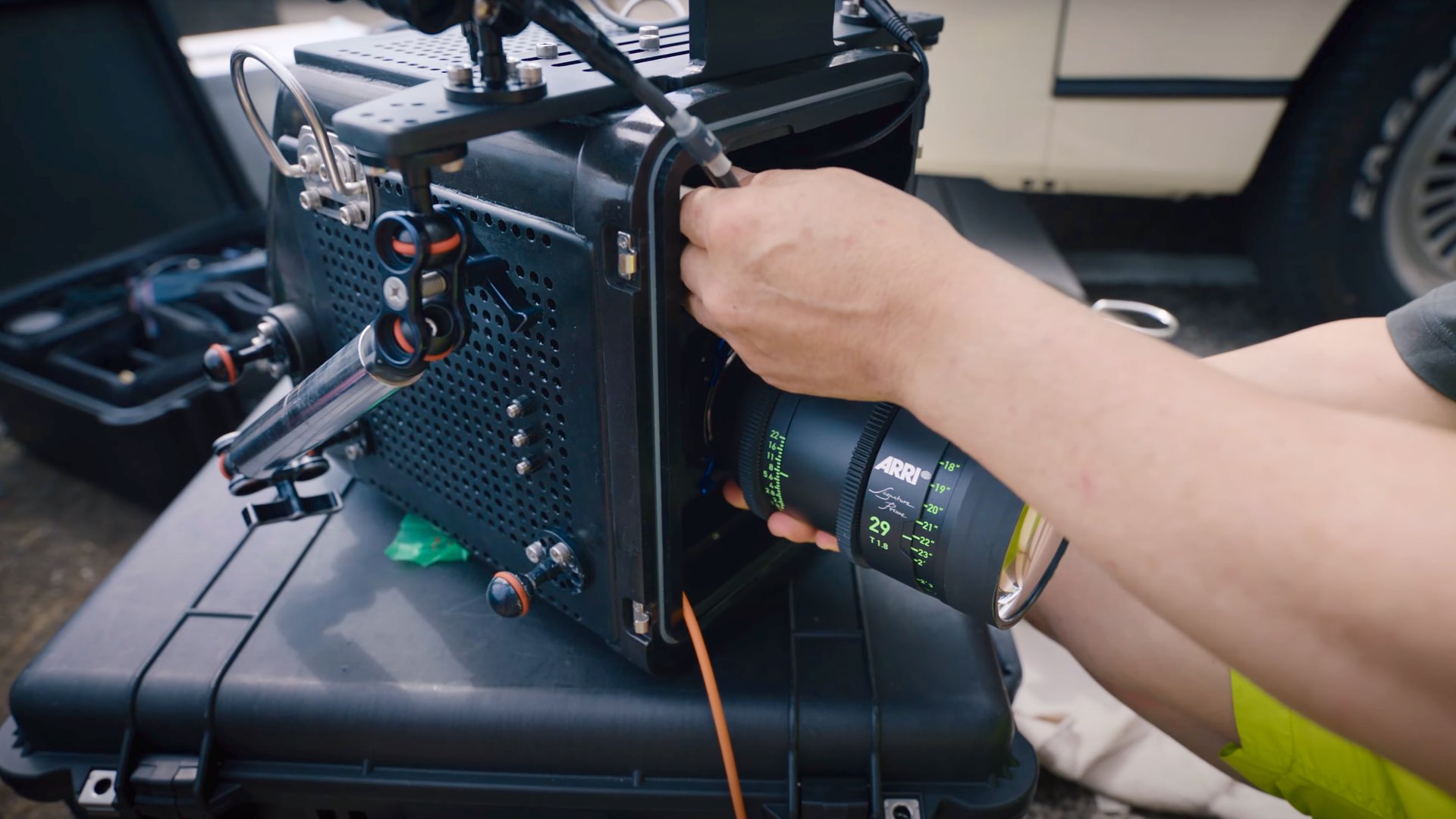
The importance of high DR: Reduction of clipping
One of the main challenges in underwater cinematography is the clipping of harsh light, like the sun and waves. Even when shooting deep, when you aim your camera above, there’s sometimes hard light from the sun, as the underneath is dark. Hence, a high-dynamic range camera is needed to solve this. As emphasized by the team shooting with the ARRI 35 underwater: “The image was exactly what we’d hoped for. It’s the digital shot we’ve wanted for years. The sun wasn’t clipping out the shot. The waves between the ALEXA 35 and the sun were captured extremely clearly. We had both cloudy days and clear days so we were able to shoot in various situations. We’ve conducted various underwater shoots. One thing always gives us the most issues: Upward shots of the surface with the sun. In this persistent issue with underwater filming the center of the scene is flooded with white light. Most visual data between the camera and the sun is impossible to capture. It’s all clipped out. Also, the white area is surrounded by an extremely dark blue color. It’s like a deep ocean blue. This is surely the biggest issue we’ve faced in transitioning from film to digital. When we heard the dynamic range was increased, we hoped this had been addressed. During the test, I shouted underwater, ‘Wow!’ Within the monitor, I saw a view that I’ve seen through my own eyes”.
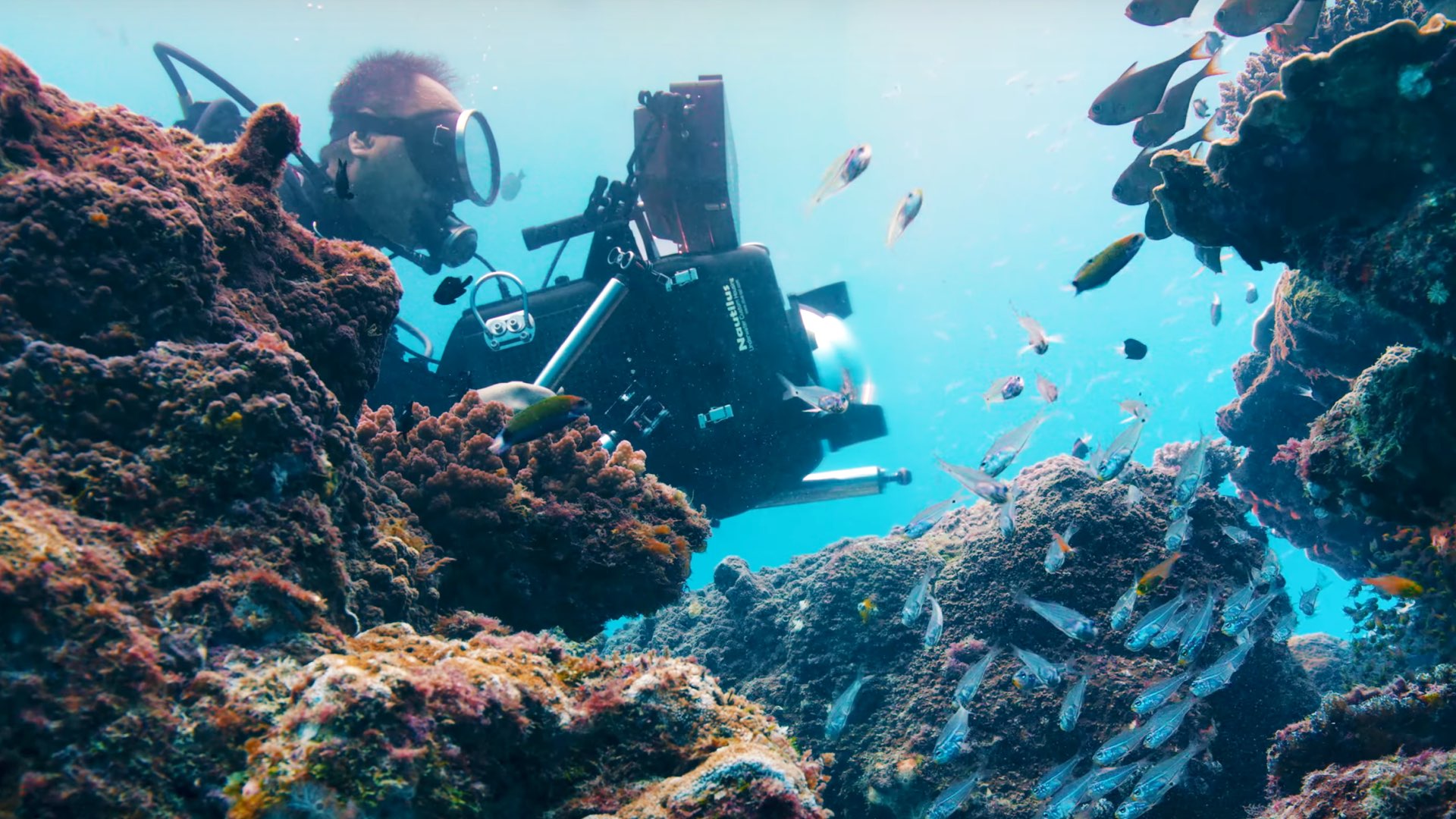
The preciseness of shadows and the wavelengths’ effect on imagery
When shooting underwater, the longer wavelengths—such as red, orange, and yellow—are absorbed within about the first 50 meters of the ocean. The shorter wavelengths—such as green, blue, and violet— are absorbed less and can reach deeper into the water. The underwater filmmakers stated: “There were both shimmering curtains of light and detailed shadows in the rocks. It was all included in one view. On top of that, you could see wavelets on the surface It was amazing. Coral is very vibrant. However, sunlight with long wavelengths such as red has issues when shot underwater. Most long wavelength lights from reds to yellows aren’t captured after passing through the lens. So, it surprised us when in this water clarity, the ALEXA 35 captured them vibrantly. It especially shocked us to see it in shadows. In a shot with coral and the sun above it, we were shooting from below. Normally, the fish below the coral would only be captured as moving silhouettes. However, the fish was showing up in subtle but beautiful colors. This was impossible with previous cameras. The breadth of ALEXA 35’s dynamic range allows for new possibilities. It’s very good with texture and can capture three-dimensionality surprised us”.
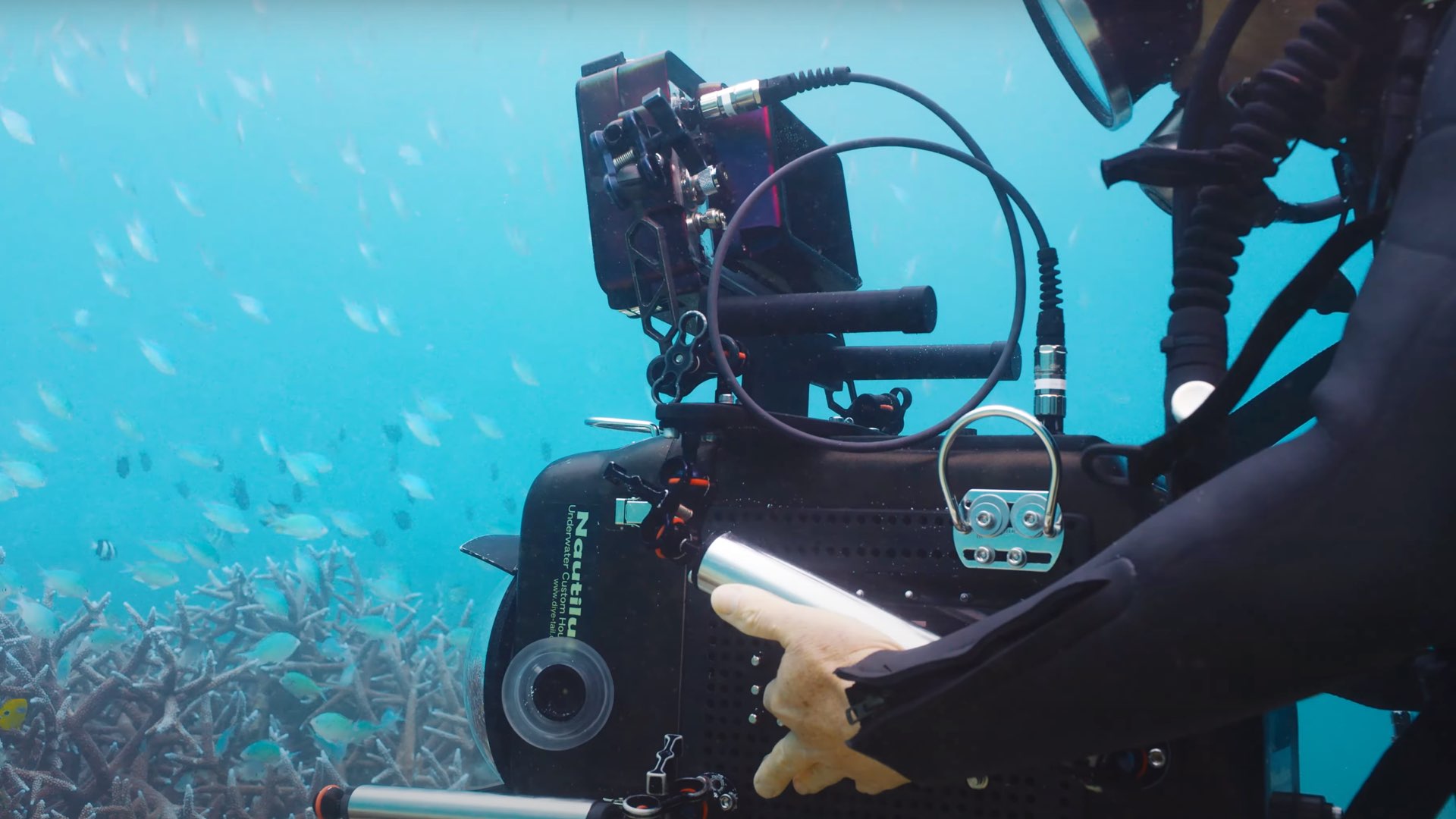
Simplified camera operation is a crucial factor
The underwater is a harsh and dangerous environment. You have to concentrate on your dive setting, and precautions, since any perversion can risk your life. Furthermore, as a camera operator, you must be aware of the …camera. Hence, simplicity is a crucial factor that allows preciseness in camera operation and safety regarding diving. That’s what the AC said: “As an assistant, the first thing I thought of was the camera’s heat levels. We were initially worried about overheating. During the three days, we kept the camera powered on for the entire shoot. Despite that, it never overheated. That was something I appreciated very much as an assistant. We can’t use wireless controls while underwater so up until now, we used custom buttons. We’d dive with bare minimum function sets or have an operator above water with a WCU-4. Those were our only options but with the dials, it’s possible to film with just one operator. It was an amazing experience that I’ve never had with any other camera before. With the release of the ALEXA 35, underwater cinematography will change drastically”.
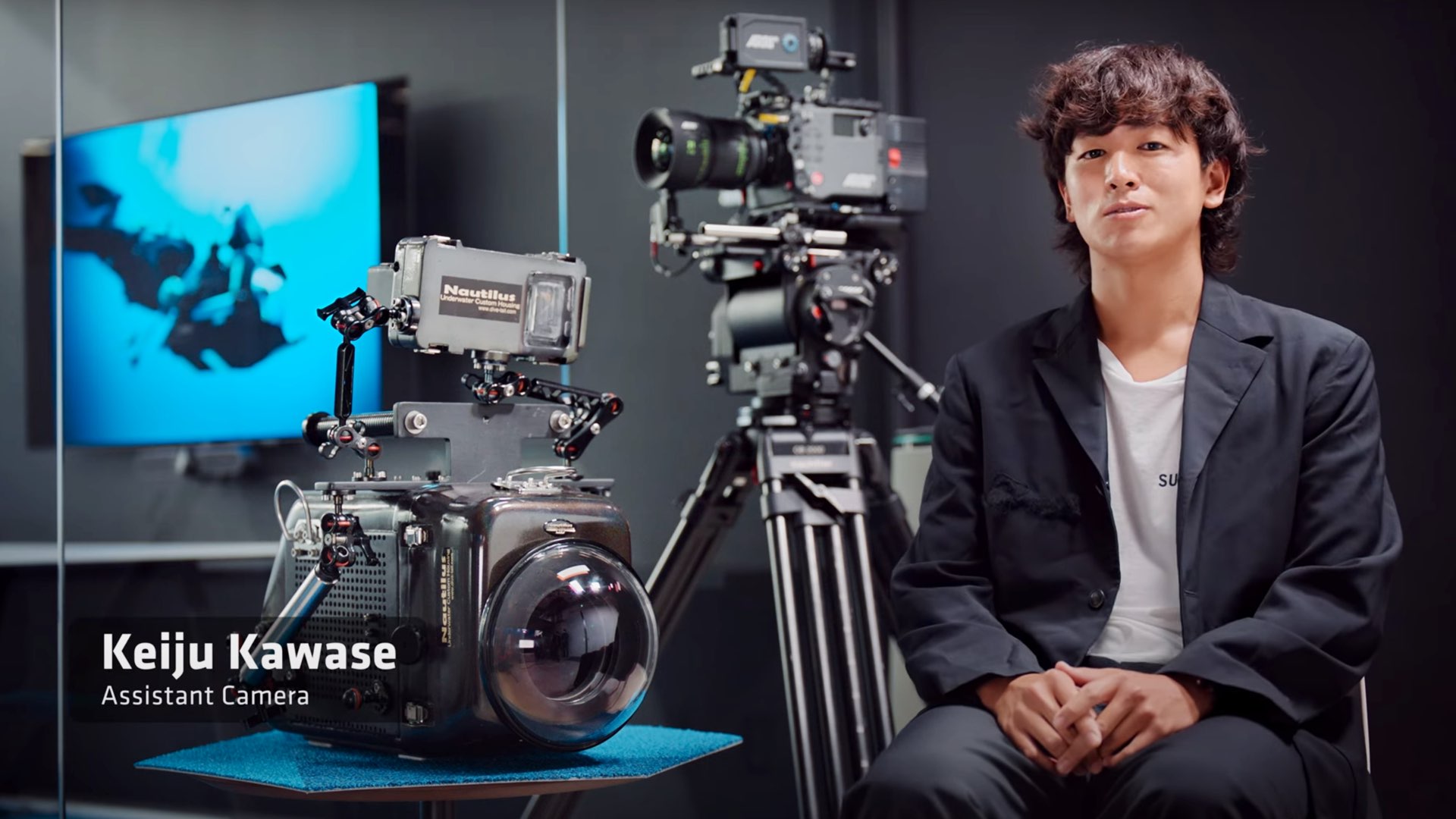
Check out the video below:

